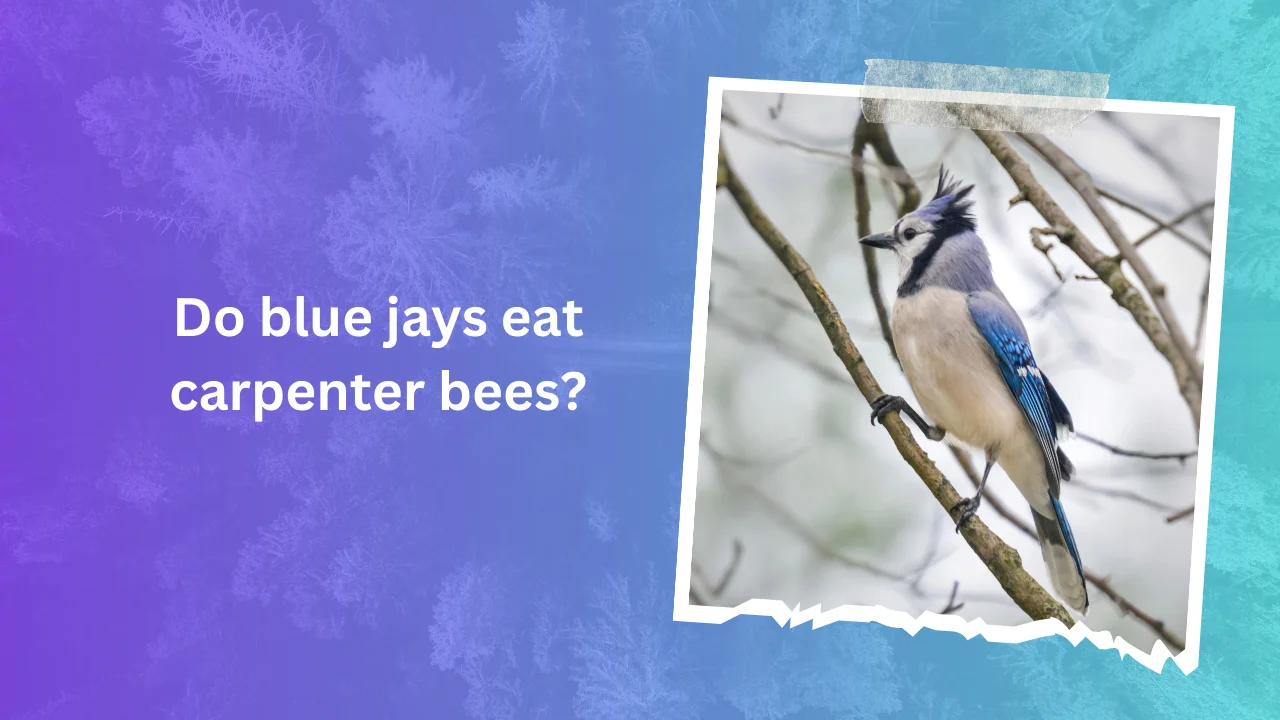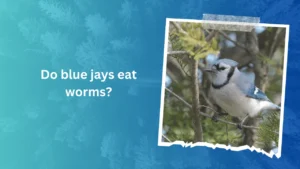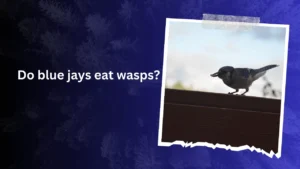Blue jays are not just a feast for the eyes with their vibrant blue feathers; they are also fascinating for their omnivorous nature and adaptable eating habits.
Observant bird watchers may have noticed these intelligent creatures foraging for various food sources in their backyards, from acorns to insects. But one question often arises: do blue jays enjoy a meal of mealworms?
These small, wriggling treats are a popular choice for many backyard birds, but understanding how blue jays incorporate them into their diets can reveal much about their feeding behaviors and preferences.
While blue jays are known for their diverse diets, their consumption of mealworms is less documented in literature.
This article will investigate whether blue jays eat mealworms and the factors that influence this behavior, including seasonal availability and individual bird preferences. By examining these aspects, we can better appreciate the adaptability of blue jays and their role in the ecosystem.
In addition to their striking appearance, blue jays are vital members of their habitats. As they traverse forests, parks, and urban areas, they play significant roles in seed dispersal and controlling insect populations.
By understanding their feeding habits, including the potential consumption of mealworms, we can gain insight into their ecological importance and how we can support them in our gardens and landscapes. So, let’s dive into the world of blue jays and discover whether these charismatic birds indulge in mealworms as part of their varied diets.
Contents
Blue Jays as Omnivores
Blue jays are remarkable opportunistic feeders known for their diverse diets that reflect their adaptability to various environments. These intelligent birds are not picky eaters; they consume a wide range of food sources to meet their nutritional needs.
Typically, blue jays enjoy a mix of insects, seeds, fruits, and nuts. This varied diet helps them thrive in different habitats, whether they are foraging in woodlands or visiting backyard feeders.
Insects play a significant role in their diet, especially during the warmer months when they are more abundant. Blue jays have been observed catching and consuming a variety of insects, including caterpillars, beetles, and even grasshoppers.
As a natural extension of their insect-eating behavior, blue jays can easily adapt their diet to include mealworms. These nutrient-rich, protein-packed treats provide an excellent food source, particularly during times when other food options are scarce.
The adaptability of blue jays to include mealworms in their diet highlights their resourcefulness. As they encounter backyard feeders filled with mealworms or discover them in natural settings, they will readily incorporate this food into their diet.
This flexibility not only showcases their omnivorous nature but also demonstrates their intelligence in finding and utilizing available food sources to survive and thrive in diverse conditions.
Mealworms as a Food Source
Mealworms are a highly nutritious food source that offers a variety of essential nutrients for wildlife, including protein, fat, vitamins, and minerals. These nutrient-dense larvae are particularly attractive to birds like blue jays, as they provide a substantial energy boost, especially during breeding season when the nutritional demands are high.
The high protein content in mealworms supports muscle development and feather growth, making them an excellent choice for adult blue jays and their chicks.
However, while mealworms can be beneficial, there are potential drawbacks to consider. Blue jays may become overly reliant on this food source if it is readily available, which could impact their natural foraging behaviors and diversity in diet.
Additionally, if mealworms are sourced from questionable suppliers or habitats, they may pose risks such as contaminants or pesticide residues, potentially harming the birds that consume them.
Furthermore, there is the concern of parasites or toxins that may be present in mealworms, especially if they are not adequately prepared or sourced from clean environments. Birds consuming contaminated mealworms could face health issues, which may impact their overall well-being and reproductive success.
Therefore, while mealworms can be a highly nutritious and attractive food source for blue jays, it is essential to ensure that they are safe and come from reliable sources to mitigate any potential risks.
Factors Influencing Blue Jay Behavior
Several factors play a crucial role in shaping blue jay behavior, particularly their foraging habits. Food availability is one of the most significant influences; blue jays are known to adapt their foraging strategies based on what is accessible in their environment.
During seasons when natural food sources are scarce, such as late winter or early spring, blue jays may become more reliant on artificial food sources like bird feeders and backyard gardens, which often include mealworms as an easy, protein-rich option.
This reliance on human-provided food can alter their natural foraging behaviors, making them less dependent on their instinctual hunting skills.
Habitat conditions also significantly affect blue jay foraging behavior. These birds prefer habitats that provide shelter, nesting sites, and food sources. Dense forests, suburban areas with mature trees, and regions rich in fruiting plants are all attractive to blue jays.
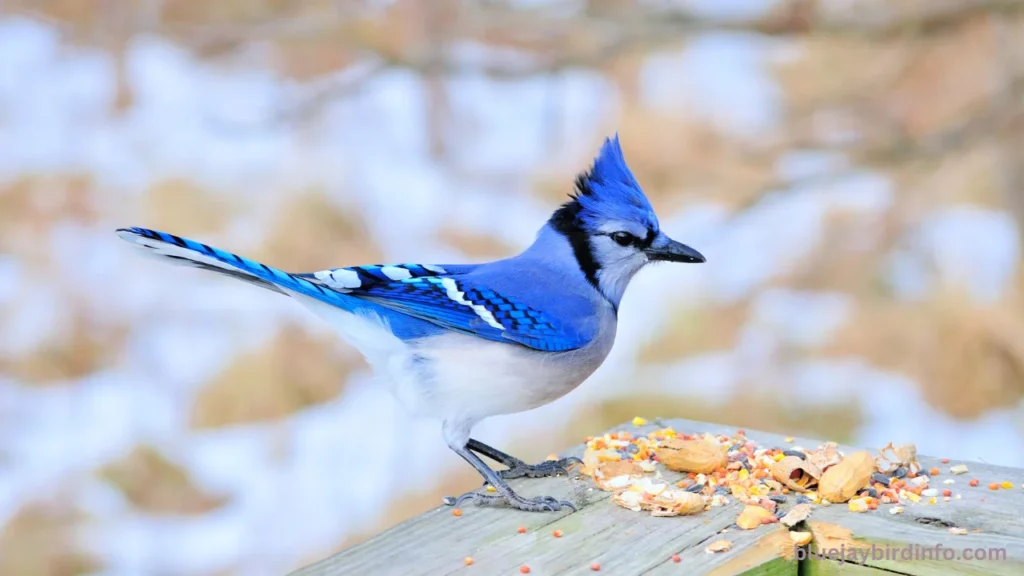
Additionally, human activities, such as urban development and the planting of native gardens, can enhance their foraging opportunities by creating environments rich in the resources they need. Bird feeders filled with mealworms can also attract blue jays, making it easier for them to find food without expending much energy.
Individual blue jay preferences and intelligence further influence their decision-making when foraging. Some blue jays may show a preference for certain food types over others based on past experiences and learned behaviors.
Their problem-solving skills allow them to navigate different feeding situations effectively, enabling them to adapt to changing conditions. For instance, blue jays can learn to recognize when mealworms are available in backyard feeders, leading them to return frequently to these reliable sources of nutrition.
This combination of environmental factors, human influence, and individual intelligence creates a dynamic relationship between blue jays and their food sources, ultimately impacting their overall behavior and well-being.
Experimental Studies
To better understand blue jay consumption of mealworms, researchers can design a series of experimental studies that focus on various variables influencing their feeding habits.
One potential approach could involve setting up feeding stations in different habitat types, such as urban gardens, wooded areas, and open fields, to assess how the surrounding environment affects mealworm consumption.
By systematically varying the availability of mealworms—such as providing different quantities or types (live versus dried)—researchers can observe how these factors influence feeding behavior in blue jays.
This design can also incorporate blue jay population density as a variable, allowing for comparisons between areas with high and low populations to determine if competition affects feeding rates.
In conducting such studies, researchers must be mindful of ethical considerations. It is crucial to ensure that the experimental setup does not harm the birds or disrupt their natural behaviors.
Providing mealworms should not lead to over-reliance on artificial food sources; therefore, the duration and frequency of the feeding trials should be carefully controlled. Additionally, researchers should ensure that any feeding stations are placed in locations that minimize potential predation risks and do not interfere with the birds’ nesting sites.
Another challenge in these studies involves the interpretation of results. Variables such as seasonal changes, weather conditions, and the availability of other food sources can all impact blue jay behavior and may confound the data collected.
To address these challenges, researchers can conduct longitudinal studies over multiple seasons, allowing for a more comprehensive understanding of the factors influencing blue jay consumption of mealworms.
Overall, while experimental studies on blue jays can provide valuable insights into their feeding habits, researchers must prioritize ethical practices and carefully consider the complexities of the ecosystem in which these birds thrive.
Implications and Future Research
The predation of mealworms by blue jays has significant implications for both mealworm populations and the broader ecosystem. As opportunistic feeders, blue jays may influence the abundance and distribution of mealworms in various habitats.
If blue jays preferentially consume mealworms, this could potentially lead to declines in mealworm populations, affecting other species that rely on them as a food source. Moreover, understanding the role of blue jays in controlling insect populations is crucial, as it may help maintain a balanced ecosystem and contribute to natural pest management strategies.
To fully grasp the ecological significance of blue jay predation on mealworms, further research is essential. This research should aim to elucidate the dynamics of blue jay feeding habits in relation to mealworm availability, seasonal fluctuations, and changes in habitat.
By conducting comprehensive studies, researchers can identify patterns that reveal how these interactions impact both species.
Additionally, investigating how changes in environmental conditions, such as climate change or habitat loss, may affect the availability of mealworms and consequently influence blue jay behavior could provide critical insights into ecosystem health.
Potential avenues for future studies include engaging the public through citizen science projects where enthusiasts can document blue jay sightings and their feeding behaviors. Such initiatives can help gather valuable data on blue jay interactions with mealworms across different regions and habitats.
Controlled experiments could also be set up to test specific hypotheses regarding mealworm consumption rates under various conditions. By expanding research in these directions, we can better understand the complex relationships within ecosystems and the vital roles that species like blue jays play in shaping their environments.
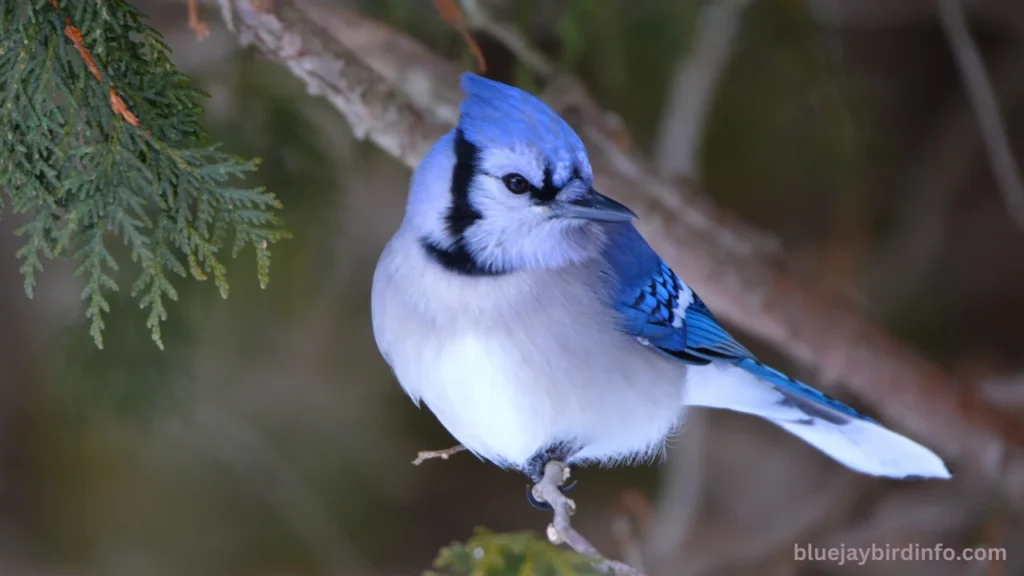
Conclusion
In this article, we explored the fascinating dietary habits of blue jays, specifically focusing on whether these intelligent birds consume mealworms.
We found that blue jays are opportunistic feeders with a diverse diet that includes insects, seeds, fruits, and nuts. Although there is limited documentation on their consumption of mealworms, the nutritional value of mealworms makes them a potential food source for these birds.
Factors such as food availability, habitat conditions, and individual preferences play a significant role in influencing blue jay foraging behavior. Additionally, the implications of blue jay predation on mealworm populations and the broader ecosystem highlight the need for further research.
Understanding blue jay behavior is essential for appreciating their role within our ecosystems and the intricate relationships they share with other species. These interactions are vital for maintaining a balanced environment, influencing insect populations, and even impacting local biodiversity.
As we learn more about how blue jays adapt their diets, we can better understand the potential consequences of human activities on wildlife and their habitats.
We encourage you, the reader, to participate in citizen science projects or conduct your own observations to contribute to our understanding of blue jay foraging habits.
By sharing your findings, you can play a vital role in the ongoing study of these remarkable birds and their interactions with their environment. Together, we can enhance our knowledge of wildlife and promote the conservation of these beautiful creatures.
FAQ’s
Do blue jays eat mealworms?
Yes, blue jays are opportunistic feeders and may consume mealworms when available.
What else do blue jays eat?
Blue jays have a diverse diet that includes insects, seeds, fruits, nuts, and even small vertebrates.
How can I attract blue jays to my backyard?
Providing bird feeders with seeds, nuts, and mealworms can attract blue jays to your yard.
Are mealworms safe for blue jays to eat?
Mealworms are generally safe and nutritious for blue jays, but ensure they are sourced from reputable suppliers to avoid potential toxins.
How does food availability affect blue jay behavior?
Food availability influences blue jay foraging behavior, leading them to adapt their diets based on what is accessible in their habitat.
What are some potential risks of blue jays eating mealworms?
Risks may include exposure to parasites or toxins if mealworms are sourced from contaminated environments.

